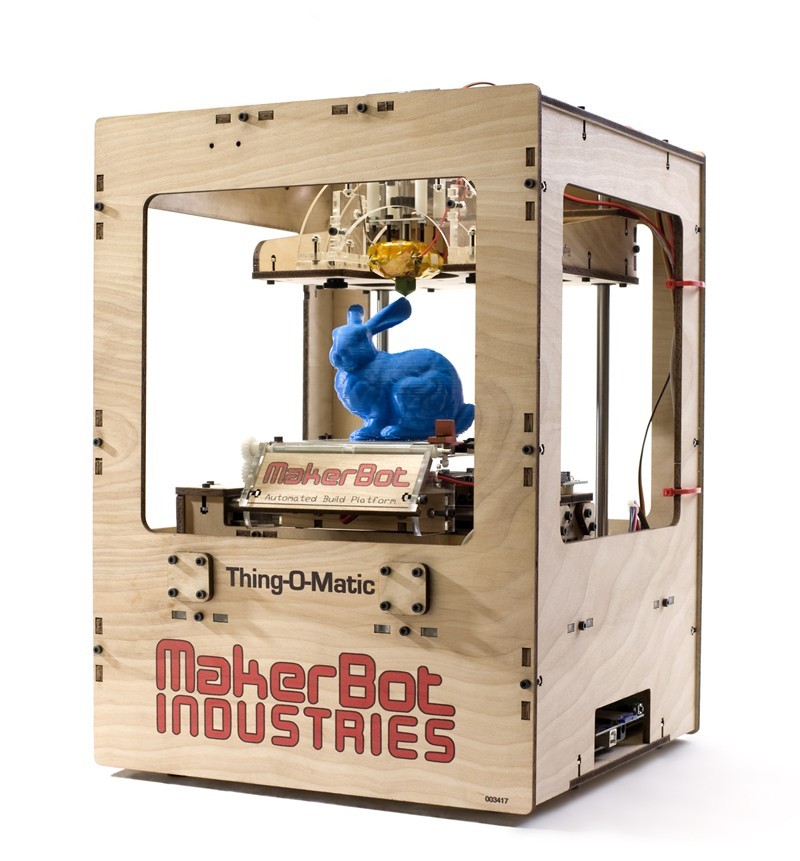“Oh yeah, we’re doing design thinking…we got a 3d printer.”
I keep hearing this from organizations, and I can’t help but be concerned.
3d printers are amazing machines…turning computer models into physical prototypes that we can hold in our hands. In terms of technological toys, 3d printers are incredibly powerful for the money (less than a few thousand dollars from the likes of MakerBot and CubeX) and getting cheaper all the time. But let me make one thing clear…if you want to foster creativity, innovation, and design thinking in your organization, or be a designer yourself, you do not need a 3d printer. In fact, there are many ways 3d printers fly in the face of the tenets of design thinking.
3-d printers in their current form are great for one thing…you have a well resolved, carefully designed/ engineered idea and you need to realize it in 3-d…maybe so you can show it to a client, check fit, size, or perhaps prepare a mold for casting. The implications here are that your design is well-resolved enough to be ready to print in 3d, which means you’ve invested substantial time designing, engineering, and drafting in CAD to get to a printable stage. (You’ve also saved enough money to spend on the PLA filament required to make anything of substantial size).
This invested time is valuable if you’ve already made a few hundred prototypes to prove your concept and are in the final stages of design. But if you start with building refined ideas that haven’t been shared with others to get feedback, you risk missing the mark and wasting time on something with no value to anyone but the person making it. (Of course, if that’s you’re prerogative, go for it.)
To create useful, meaningful, relevant design in the world, you need to get feedback on the idea quickly and cheaply. If the idea is no-good, you’ve wasted little time and money. If the idea is great, you spend a bit more time and take it a step further, checking in regularly to make sure you are on the right track in creating something of value. Unrefined ideas with merit, also encourage others to contribute to the design which increases buy-in…especially useful when your prototypes are in the area of process and behavior change.
So, as you think about whether or not you want to invest your money in another technological toy that will require maintenance, training, and funding, consider this:
Paper, pens, & clay have been around for hundreds of years, are extremely versatile, & require little to no maintenance. Perhaps before we invest in teaching people how to use technical 3-d printers to build resolved prototypes from PLA filament, we should make sure they are gifted at crafting rough & rapid ones out of everyday materials in 1/100th of the time & cost.
